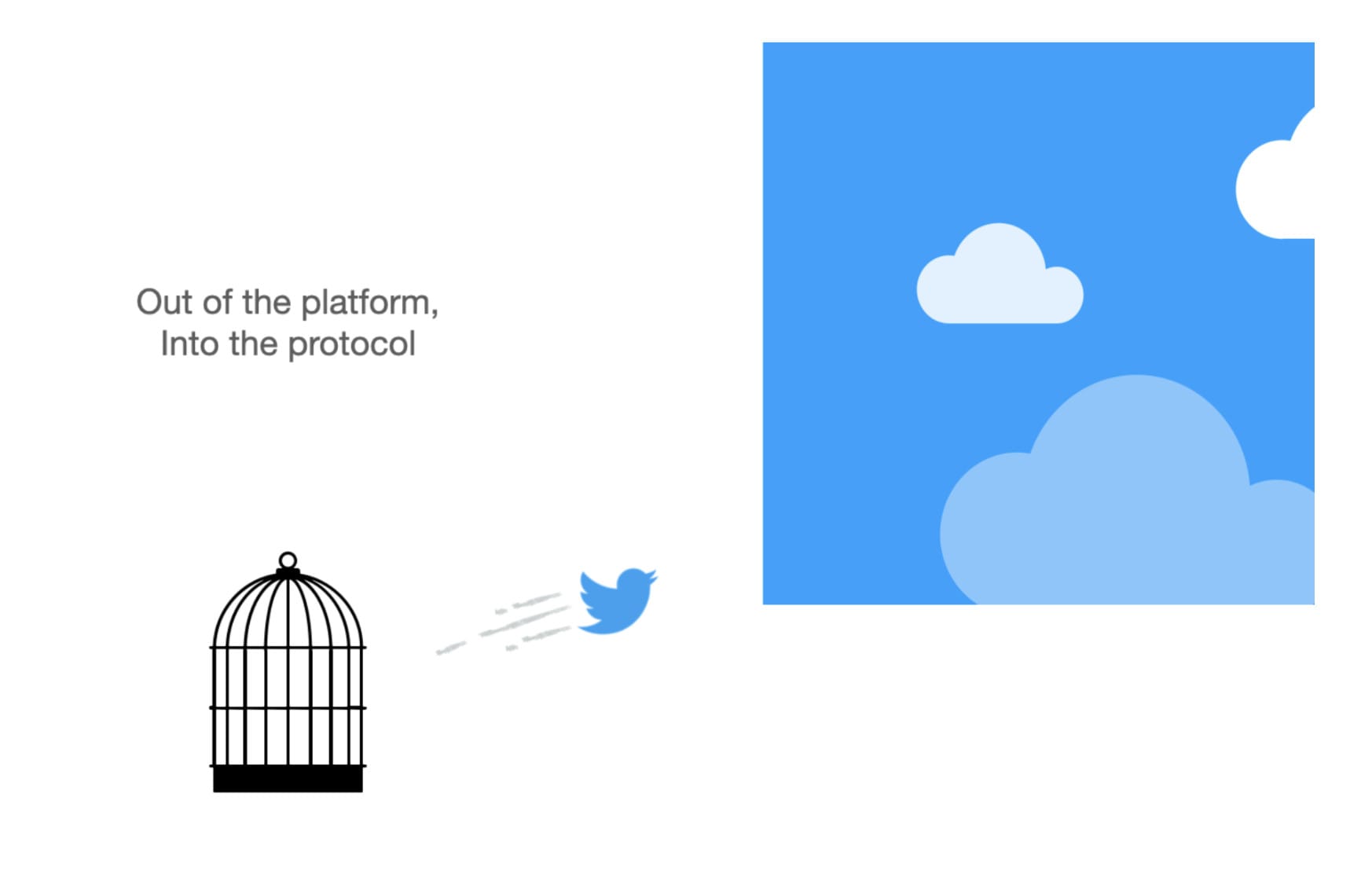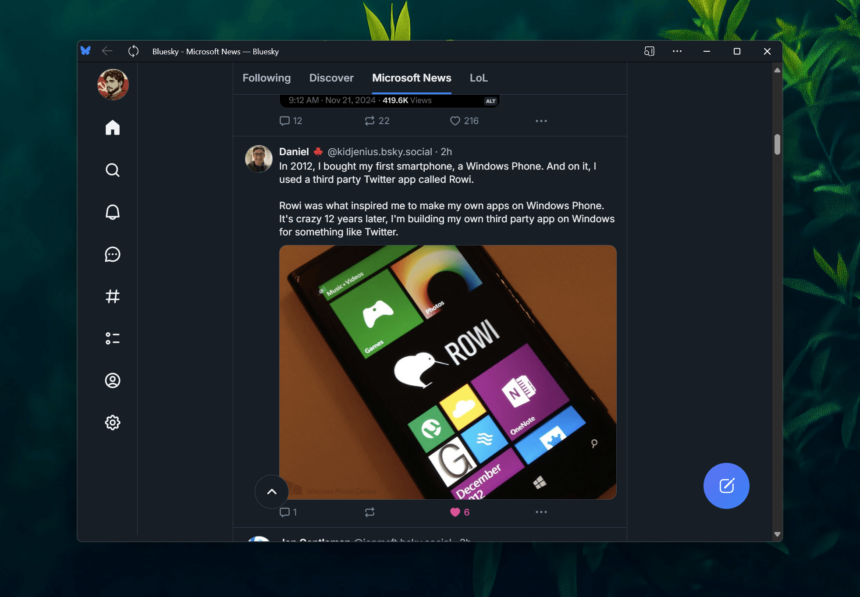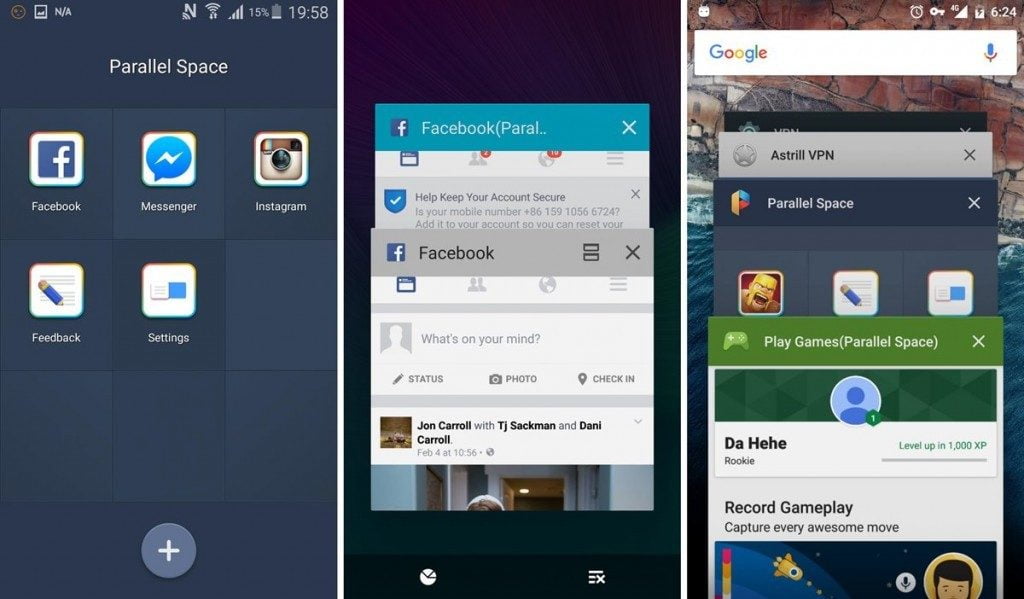In this article, we’ll explore Bluesky, a rising social network that has captured the attention of many users, especially those transitioning from X (formerly known as Twitter).
The Story of Bluesky Social
Bluesky Social is a microblogging platform with a design and functionality reminiscent of Twitter, but with a key distinction: it operates on a decentralized model. This decentralization allows users to create their own Bluesky instances, giving them greater independence from the parent company that oversees the main network.
Interestingly, Bluesky didn’t start as a separate social network. It was initially a project within Twitter Inc., spearheaded by Twitter co-founder Jack Dorsey. The goal was to develop a decentralized version of the platform, prioritizing user autonomy and control. This vision is powered by the AT Protocol, a derivative of the well-known ActivityPub protocol, emphasizing flexibility and decentralization.

The goal of the Bluesky project was to address design flaws in Twitter and provide a platform that offered users more independence from corporate control. However, the initiative eventually evolved into a public benefit LLC, separating itself from Twitter entirely.
The project faced a major challenge when Elon Musk purchased Twitter. It was clear that Musk’s priorities didn’t align with Bluesky’s vision, as his focus was more on controlling public opinion and influencing electoral outcomes than on the future of either Twitter or Bluesky. This raised concerns about Bluesky’s sustainability, as Twitter was its sole source of funding at the time.
In response, Bluesky launched a funding round in 2023, successfully raising $8 million from various investors. This financial boost allowed the team to expand, cover infrastructure costs, and continue developing the AT Protocol, the decentralized backbone of the platform.
Bluesky against X: what the new decentralized social network offers us
Bluesky offers an interface and functionality quite similar to Twitter, which is unsurprising since it originally emerged as a project within Twitter with the goal of eventually replacing the platform.
Algorithm and Chronology
Bluesky’s main screen provides two default feeds:
- Following Feed – Displays posts from the users you follow.
- Discover Feed – Features posts from all users on Bluesky, personalized through an algorithm that adapts based on your interactions and preferences.
The key difference between Bluesky and X (formerly Twitter) lies in how their algorithms function. Unlike X, where the algorithm often prioritizes content from Premium+ subscribers or extremist groups, leading to a degraded user experience, Bluesky’s algorithm operates more effectively to deliver relevant and enjoyable content.
Custom Feeds
One standout feature of Bluesky is the ability to create custom feeds tailored to specific parameters. These personalized feeds provide users with a level of customization that goes beyond what X offers, ensuring a more curated experience.
For users who may not have the technical skills or third-party tools to build custom feeds, Bluesky offers the option to create user lists, which can:
- Be shared with others to follow multiple accounts at once.
- Be pinned to the top of the app as an additional feed, offering easy access to curated content.
Moderation and Verification Systems in Bluesky
One of Bluesky’s standout features is its robust moderation system, designed to maintain a healthier and more meaningful social environment compared to platforms like X (formerly Twitter).
Moderation Tools
Bluesky has made it clear that they want to avoid the pitfalls seen on X, particularly with low-quality engagement. To achieve this, the platform provides extensive moderation settings that allow users to filter out various types of content, including:
- Adult content
- Sensitive material
- Hate speech, threats, and calls for violence
- Illegal activities
- Unsafe links and phishing attempts
- Impersonation and fraud
- Hoaxes and misinformation
- Spam or posts aimed at farming engagement
One unique feature is the ability to create “moderation lists”, which lets users share or subscribe to curated block or mute lists. This means users can mass-block or mute specific groups, such as spammers, cryptocurrency accounts, or hate groups, with a single action.
Caveat with Moderation Lists
While these lists are highly effective, they can also be a double-edged sword. By subscribing to someone else’s moderation list, users grant the list creator control over who gets blocked or muted on their behalf. This automatic update feature could potentially lead to unintended censorship if the list creator adds users indiscriminately.
Verification System
Bluesky’s approach to account verification is refreshingly decentralized. Instead of relying on traditional verification badges, the platform allows users to link their account to a domain they own.
For instance, rather than a username like @yourname.bsky.social, you could use something like @yourwebsite.com, lending credibility and personalization to your profile. This system eliminates the need for centralized verification processes while giving users control over their online identity.
Bluesky’s moderation and verification tools demonstrate its commitment to user safety, customization, and decentralization, setting it apart from other social platforms. However, as the platform grows, the community will need to address potential challenges, such as the risks of outsourced moderation control.
Limitations of Bluesky
While Bluesky offers numerous innovative features that make it stand out compared to competitors like X (formerly Twitter) and Threads, it’s important to recognize that the platform is still in its development phase. This means some functionalities that users might expect from a modern social network are currently missing.
Trends Page
- Unlike other platforms, Bluesky does not yet provide a dedicated page to showcase trending topics or hashtags. This feature is typically a staple of social networks for tracking popular discussions and viral content.
Direct Media Sharing
- Users cannot currently send photos, videos, or GIFs via direct messages. However, this limitation is temporary, as Bluesky has confirmed plans to introduce media-sharing capabilities in direct messages by the end of the year.











